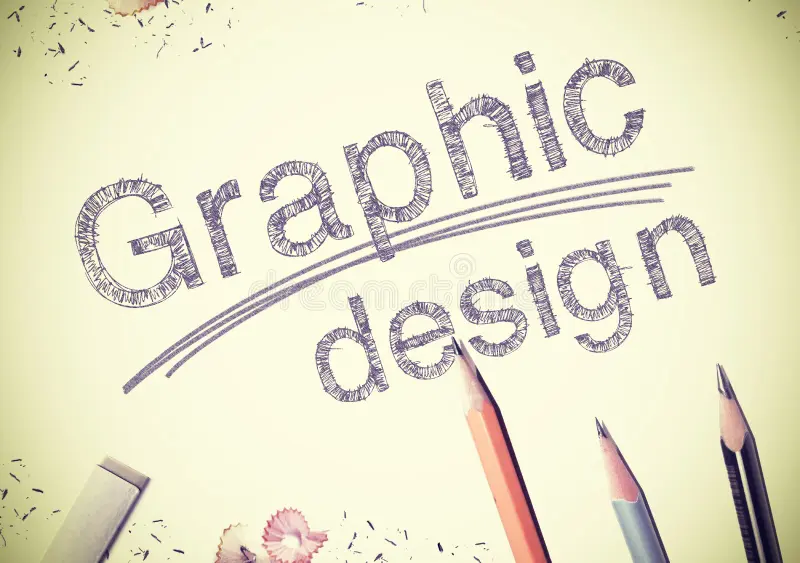HOW TO MAKE THE GRAPHICS THAT FEEL HUMAN
Everything around us is getting smarter and more automated, but technology still struggles to create feelings. In a world flooded with AI-generated perfection, people crave designs that feel really warm, human, and emotional. In 2026, the visuals that stand out aren’t the most advanced; they’re the most authentic. Imperfect photos, textured artwork, and storytelling posters connect because they feel alive. Design has never been just about pixels; it’s about people. As AI handles precision, your role as a designer is to add emotion, story, and soul. That’s how you transform visuals into experiences people remember long after they scroll past them.

From getting a basic
understanding of color choices to creating branding and corporate design, master your graphic design skills with our Graphic designing course in Gujrat.
Levels of Human Feeling in Design
1. Visceral Level: The instant reaction it’s the first emotional spark. Use color, contrast, and real imagery to create a strong first impression that feels natural and relatable.
2. Behavioral Level: The interaction experience focuses on usability, flow, and comfort. Design with empathy and guide attention through clear structure and balance.
3. Reflective Level: The meaning tells stories, uses symbolism, and connects visuals to deeper emotions or values.
4. Adaptive Level: The evolving emotion let visuals respond to context, time, or user behavior using AI-driven adaptivity.
Together, these layers help designs feel alive, blending beauty, usability, meaning, and responsiveness into one emotional experience.

How to Add Human Feeling in Graphic Design
1: Understand Why Human Feeling Matters
Before diving into tools or prompts, remember that emotion is the true foundation of creativity. In 2026, audiences are surrounded by flawless yet empty visuals. People crave warmth, authenticity, and imperfection. Designs that feel human build trust and connection. Emotion doesn’t just make art beautiful; it makes it believable. Create graphics that don’t just look good but genuinely feel good.
2: Learn the Four Emotional Layers of Design
Every design begins with emotion. The visceral layer sparks instant reactions through color, layout, and composition. The behavioral layer shapes comfort and satisfaction during interaction. The reflective layer adds meaning and memory through story and value. Finally, the adaptive layer brings designs to life, adjusting tone, color, and lighting in real time, creating visuals that feel intelligent, responsive, and emotionally connected.
3: Build Around the Core Human Design Principles
To make designs feel human, build around six emotional pillars: empathy to understand your audience, storytelling to add meaning, expression through emotion and tone, natural motion for organic flow, micro-interactions that make visuals responsive, and imperfection for authenticity. Let emotion lead every choice when your designs feel real and alive, the technical perfection naturally follows.
4: Master the AI + Human Workflow
In 2026, great designers collaborate with AI instead of competing. AI provides speed; you bring emotion. Use prompts with feelings like “warm” or “peaceful” to guide its mood. Once AI creates the base, refine lighting, tones, and textures to add warmth and imperfection. Re-prompt and refine until it feels natural AI builds structure, you craft the soul.
5: Prepare for the Future of Human Design
The future of design is deeply emotional, responsive, and alive. Expect new tools that can sense facial expressions or emotional tone and adjust visuals accordingly. Voice, touch, and motion will merge to create experiences that feel personal and real. The next era of creativity isn’t about designing faster, it’s about designing deeper. Start practicing feeling-first design, where you think about emotional response before visual composition. Stay adaptable, stay curious, and never lose touch with your humanity. The technology will keep evolving, but emotion will always remain the timeless language of design.
6: Test Emotional Resonance Like a Pro
Emotion isn’t always visible, but it’s measurable. After designing, test how people feel using heatmaps, dwell time, and engagement metrics. A/B test different moods, warm vs. cool, to see what resonates most. Then ask real users for feedback. Combine data with emotion to refine your work until your visuals don’t just perform, they truly connect and evoke feeling.
7: Stay Ethical and Authentic
Emotion is powerful, but it must be used responsibly. Design with honesty, respect, and inclusivity, never to manipulate or exaggerate. People sense fake emotion, so stay true to your brand’s values and purpose. Represent real stories and cultures authentically. Emotion should connect, not convince. When your work feels genuine, it builds trust and lasting emotional loyalty.
8: Create AI Graphics Full of Human Emotion
When creating AI visuals, start with emotion, define the feeling you want to express, like joy or peace. Write sensory-rich prompts with light, texture, and movement. Let AI generate the base, then refine colors, expressions, and warmth. Add storytelling through characters or moments. Finally, test the feeling and refine until your design doesn’t just look good, it feels alive.
9: Avoid the “Robot Mistakes” in AI Design
Perfection kills emotion. Over-polished, lifeless visuals lack warmth and story. Vague prompts or ignoring gestures remove connection. The biggest mistake? Letting AI create without your touch. Always ask, “Does this design have a heartbeat?” If not, refine it. Embrace imperfection because emotion is power, and your human touch is what makes art truly alive.
